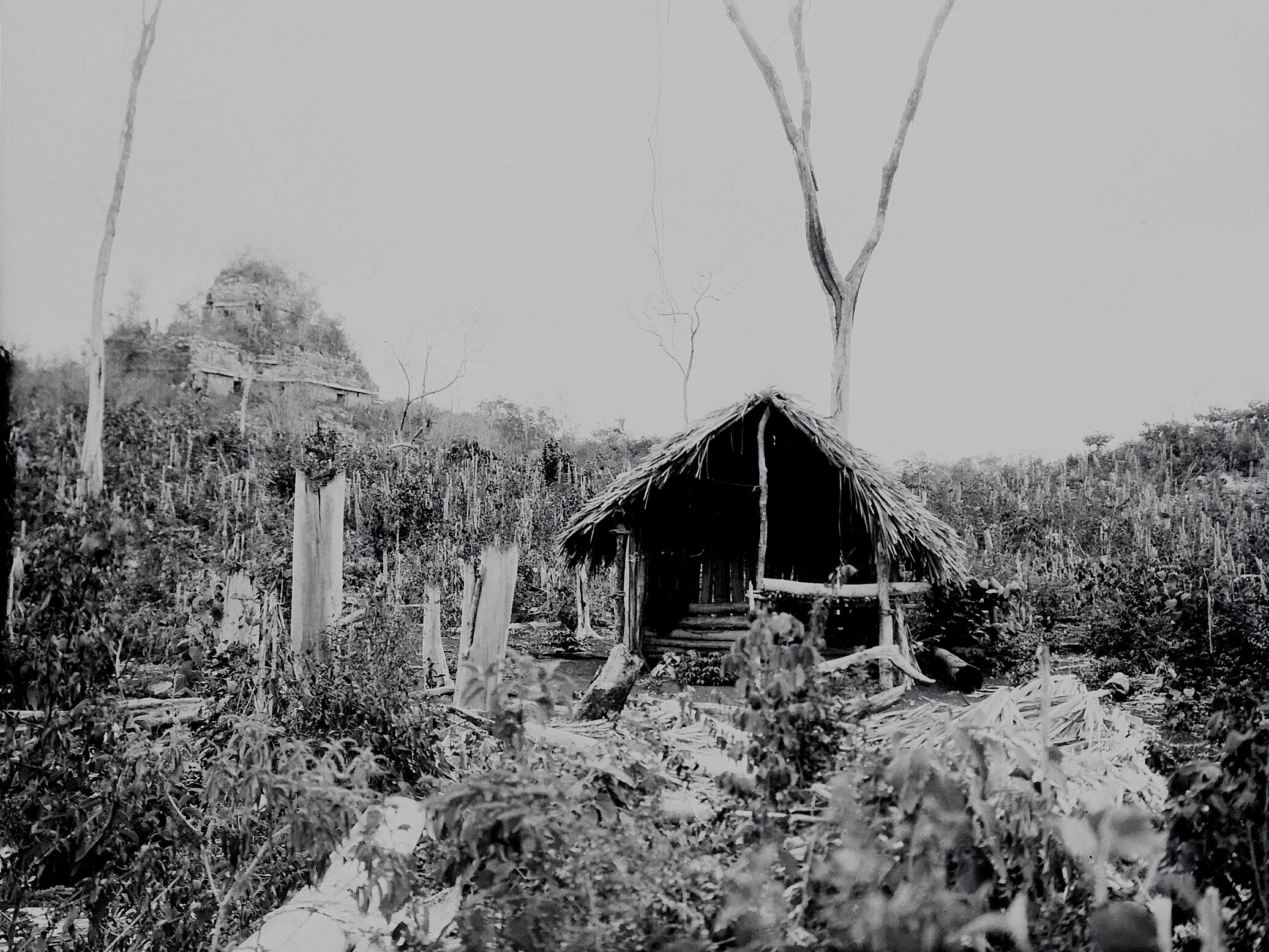“What we call Man’s power over nature turns out to be a power exercised by some men over other men with Nature as its instrument.”
Research
I study the historical intersections of social conflict, inequality, and environmental change in the tropical lowlands of Mesoamerica commonly known as the Maya Forest. By approaching this subject on multiple scales, I show how the big currents of human history and climate change have interacted in complex ways with local politics and microecologies to produce the iconic tropical landscapes now visited by millions of tourists every year.
The history of the Maya Forest challenges us to account for the racist assumptions and political violence that developed in tandem with sciences like forestry and climatology in the tropics. It also demands a reckoning with the ahistorical narratives of “climate refugees” and myths of peasant agriculture that fail to understand the social forces driving caravans of migrants to the promise of security in the United States.
Photo: armed latex tappers at work on a chicle tree (Manilkara zapota) in southern Yucatán, 1910s. From the papers of Ellsworth Huntington, Yale Special Collections.
Environmentalists with Guns
My first book manuscript, Environmentalists with Guns: Conservation, Revolution, and Counterinsurgency in the Petén, Guatemala, 1917-1996, reconstructs how the Guatemalan military state and the institutions of forest management worked to build each other in a rainforest frontier.
Model of a prefabricated house on display in Guatemala City, 1960s. The Military Government owned the logging companies that harvested the timber, as well as the sawmills that processed the lumber and the land where the trees grew. The houses were part of a populist economic development scheme, backed by the United States, to industrialize the Petén forests and provide housing to peasants displaced by privatization of communal property in the highlands. From the archives of El Imparcial at the Centro de Investigaciones Regionales de Mesoamérica (CIRMA).
A logbook for the transport of mahogany timber from a military-owned sawmill in the Petén to Guatemala City, 1976. From the remains of the FYDEP archive outside of Santa Elena, Petén. Photo by author, 2015.
The remains of the FYDEP archive, in a rotting shack on a semi-abandoned military base outside of Santa Elena.
Lost Worlds: Climate, Myth, and History in the Maya Forest
My second book manuscript explores the long entanglement of historical myths, climate science, and tourism in the Maya homeland, and how the Maya have adapted to the appropriation of their past and natural patrimony.
Above photo: the home and farm of a Maya villager stand in stark contrast to the hulking ruins of an ancient Maya temple looming on an adjacent rise. The geographer and outspoken eugenicist Ellsworth Huntington believed that the high civilization of the ancient Maya had been unable to survive a changing climate. He posited that a shift from temperate to tropical conditions had destroyed their civilization and degraded their bodies, leaving them culturally and biologically inferior. While the science of climatology has evolved considerably since Huntington helped to lay its foundations, deterministic and racist narratives about the Maya permanently succumbing to an ecological apocalypse have proven remarkably durable. Photo taken by Huntington on field assignment sponsored by Carnegie Institution on Washington in 1912, available at the Special Collections of Yale.





